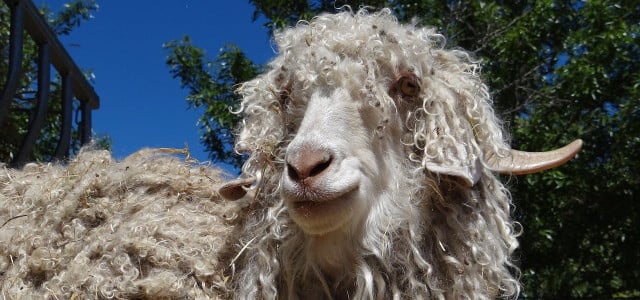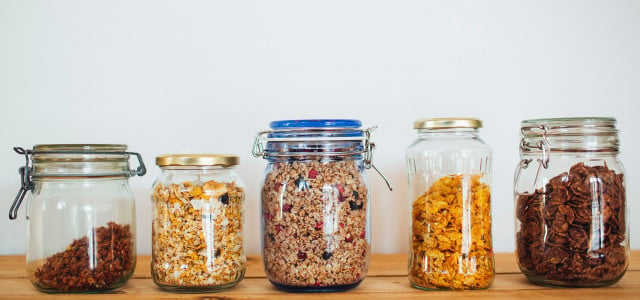What is mohair? Mohair fleece is among the most expensive textiles in the world and is cherished for its softness and durability. But despite its many attractive qualities, mohair has been banned by many clothing brands due to the appalling animal cruelty that is often involved in its production.
Mohair is the hair of the Angora goat and is one of the most luxurious textile fibers in the world – not to be confused with the fiber called Angora, which comes from rabbits. The long, curly white hair of the Angora goat is highly sought after in the textile industry for its exceptionally silky and soft qualities.
What Is Mohair?
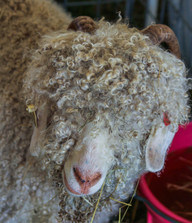
Mohair is primarily made using wool from South Africa, which is the largest producer of mohair worldwide. Angora goats are originally from Turkey, but because of the increased demand for their hair, they are now also raised in Australia and parts of Africa.
But what is the reason behind mohair’s popularity? The textile has several desirable qualities:
- Extremely fine and silky
- Light and durable
- Repels water but absorbs moisture
- Regulates body temperature to keep you cool in the summer, and warm in the winter
- When it is processed correctly, mohair does not crease
How to Use and Care For Mohair
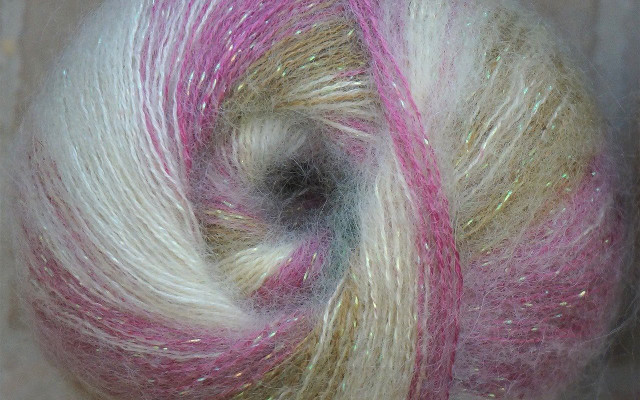


Now that we know what mohair is, the next question is how it is used. In addition to clothing, mohair is used to make pillows, blankets, upholstery, carpets, and stuffed animals. Because natural mohair fibers are quite costly, most mohair textiles are made with a blend of different textile fibers.
Mohair is divided into three quality categories:
- Kid: The hair of the very young goat is the finest and the most valuable. It is mostly used to make clothing. Mohair fibers are so fine that they are graded in microns— kid-mohair is 24-29 microns.
- Young Goat: This category includes mohair fibers that are 24-29 microns.
- Adult: The hair of an adult Angora goat is a bit hardier and measures in at about 34-40 microns. Mohair of this grade is typically used to make carpets, upholstery, and blankets.
Because mohair fabric is very delicate, it’s best to wash it in cold water only. To avoid damage, use the delicate cycle on your washing machine, or wash it by hand. But make sure that your mohair fabric doesn’t soak in water for too long! Do not use a dryer and avoid hanging out in direct sunlight.
What Is the Problem With Mohair?
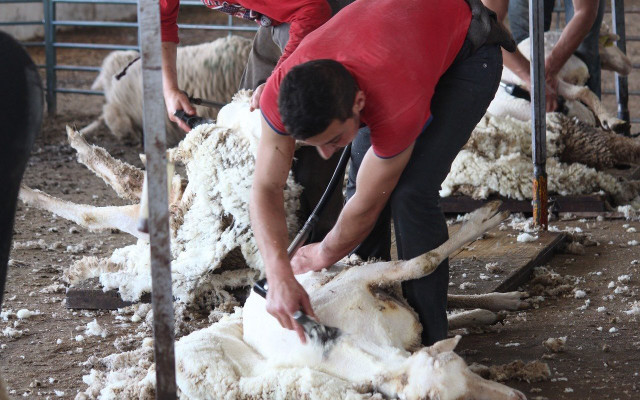


Angora goats are sheared twice a year and provide about four to six kilograms (8-13 pounds) of wool each. The shearing process can be intensely stressful for the goats. Depending on the facility, they may be roughly treated, thrown around, and sometimes even mutilated and killed while workers remove their hair.
Recently, PETA took a closer look at what the situation at mohair farms is like in South Africa, where most mohair is produced. What they found was horrifying:
- During the shearing process, the goats are pinned to the ground, and their legs are bound. Because workers are paid not by the hour but according to how many goats they have sheared, they work as quickly as possible, with little or no regard for the animal’s well-being. The skin of the animal is often torn in the process, and the open wounds that result can quickly become infected and become fatal.
- But even before the first shearing, which usually occurs when the animal is about six months old, Angora goats are treated with the most abhorrent cruelty. Male animals are often castrated with a rubber band, which clamps off their testicles without anesthetic and leaves the animals in agony for days. This downright torturous procedure is employed because it is cheap and easy and does not require trained workers. Holes for ear tags are punched with sharp pliers, and the horns of young goats are often burned off, with no pain relief, when the animals are one to two weeks old.
- Before shearing, live goats are often thrown into caustic chemical baths to remove dirt and feces from their coats.
- Without their coats to provide natural insulation, Angora goats have no protection against the cold and often freeze to death.
Although the typical life expectancy of Angora goats is about 10 years, the vast majority don’t live past five or six years. As soon as they are no longer profitable for mohair production, the animals are sold off to the slaughterhouse.
What You Can Do to Stop Cruelty
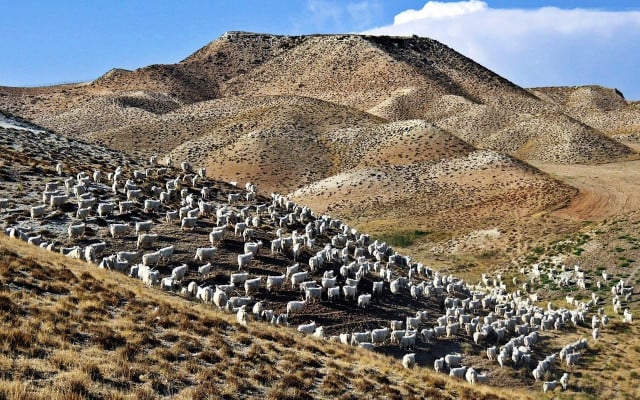


Not all brands have stopped using mohair, but many have committed to it over the past few years. Sign PETA’s petition against wool industry cruelty here.
The best thing you can do for Angora goats is to refuse to buy products made with mohair. If you’re not ready to give up animal fibers completely, at least avoid mass-produced textiles. Instead, look for small farmers who raise their own Angora goats, and treat the animals with care and respect.
Sustainability
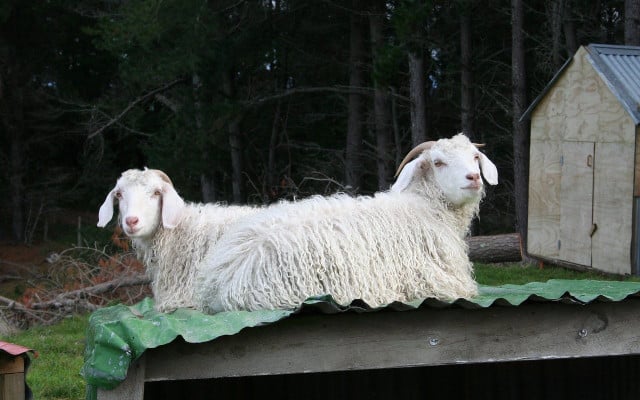


Organic wool is a naturally renewable material that is biodegradable and does not require artificial additives. Wool also has unique properties that plant or synthetic fibers can’t compete with. Wool clothing, for example, is more robust, regulates the body temperature better, and does not need to be washed as often.
However, producing wool is resource-intensive. Mass breeding of goats and sheep can also become a problem for the environment if areas are overgrazed.
There is also the fact that Mohair wool comes mostly from South Africa – the long transport to the rest of the world is anything but sustainable.
In Summary: If sustainable living is a priority for you, don’t buy an excessive amount of clothing made with mohair or any other animal fiber. Instead, look for alternatives. There are many types of plant fibers that produce exceptionally cuddly and soft fabric.
On those occasions when you do buy animal textiles, look for sustainable sources. Buy only locally produced organic wool, and investigate to make sure that animal well-being is a priority on the farms where the material is sourced.
This article was translated from German to English by Christie Sacco. You can read the original here: Mohair-Wolle: Besonderheiten und Kritik
** Links to retailers marked with ** or underlined orange are partially partner links: If you buy here, you actively support Utopia.org, because we will receive a small part of the sales proceeds. More info.Do you like this post?






